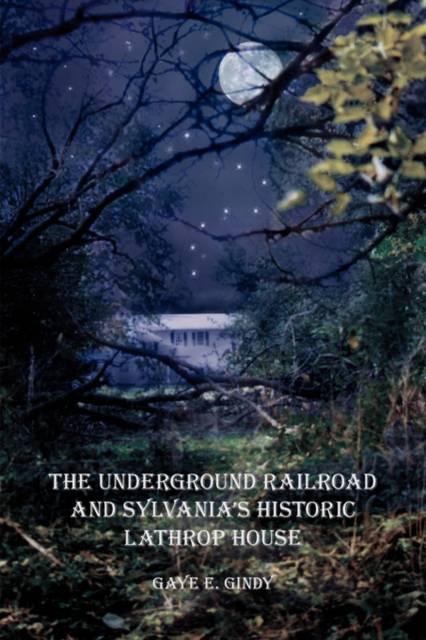
- Afhalen na 1 uur in een winkel met voorraad
- Gratis thuislevering in België vanaf € 30
- Ruim aanbod met 7 miljoen producten
- Afhalen na 1 uur in een winkel met voorraad
- Gratis thuislevering in België vanaf € 30
- Ruim aanbod met 7 miljoen producten
Zoeken
€ 23,45
+ 46 punten
Omschrijving
Many of the main routes on the Underground Railroad ran through the State of Ohio, and the number of slaves escaping through Ohio was larger than any other state. The Ohio River forms the southern border of Ohio, and this river was inviting for slaves escaping from their masters. They felt that once they had crossed the Ohio River, they were in free territory, and they had placed that river between themselves and their pursuers. Once in Ohio there were many abolitionist men and women, black and white, who would help the fleeing slave escape from bondage at the risk of their own lives, fortunes, and personal freedom. Their final destination was the "promised land," Canada, where they were free. This book takes you through Ohio, to one of its most northern borders, Lucas County, where several Underground Railroad lines once ran; and then to Sylvania, Ohio to meet several of the operators who were involved in this illegal venture of harboring these runaway fugitive slaves. The book then takes a close look at the evidence available to indicate that Sylvania's "Historical Lathrop House" was a stop on the Underground Railroad, and that several of Sylvania's prominent citizens helped in this highly secret organization. Other points of interest include letters written during the Civil War by a correspondent serving in Company B - 189th Ohio Volunteer Regiment; speeches given by Sylvania resident Lucian B. Lathrop, state representative, in front of the Ohio Legislatures about topics of current events in the 1850's, prior to the Civil War; and in 1939, the discovery of a concealed room in the basement of the "Historic Lathrop House," with beds still in it where the slaves once hid and rested until it was safe to move on.
Specificaties
Betrokkenen
- Auteur(s):
- Uitgeverij:
Inhoud
- Aantal bladzijden:
- 260
- Taal:
- Engels
Eigenschappen
- Productcode (EAN):
- 9781434367617
- Verschijningsdatum:
- 23/06/2008
- Uitvoering:
- Paperback
- Formaat:
- Trade paperback (VS)
- Afmetingen:
- 152 mm x 229 mm
- Gewicht:
- 385 g

Alleen bij Standaard Boekhandel
+ 46 punten op je klantenkaart van Standaard Boekhandel
Beoordelingen
We publiceren alleen reviews die voldoen aan de voorwaarden voor reviews. Bekijk onze voorwaarden voor reviews.











